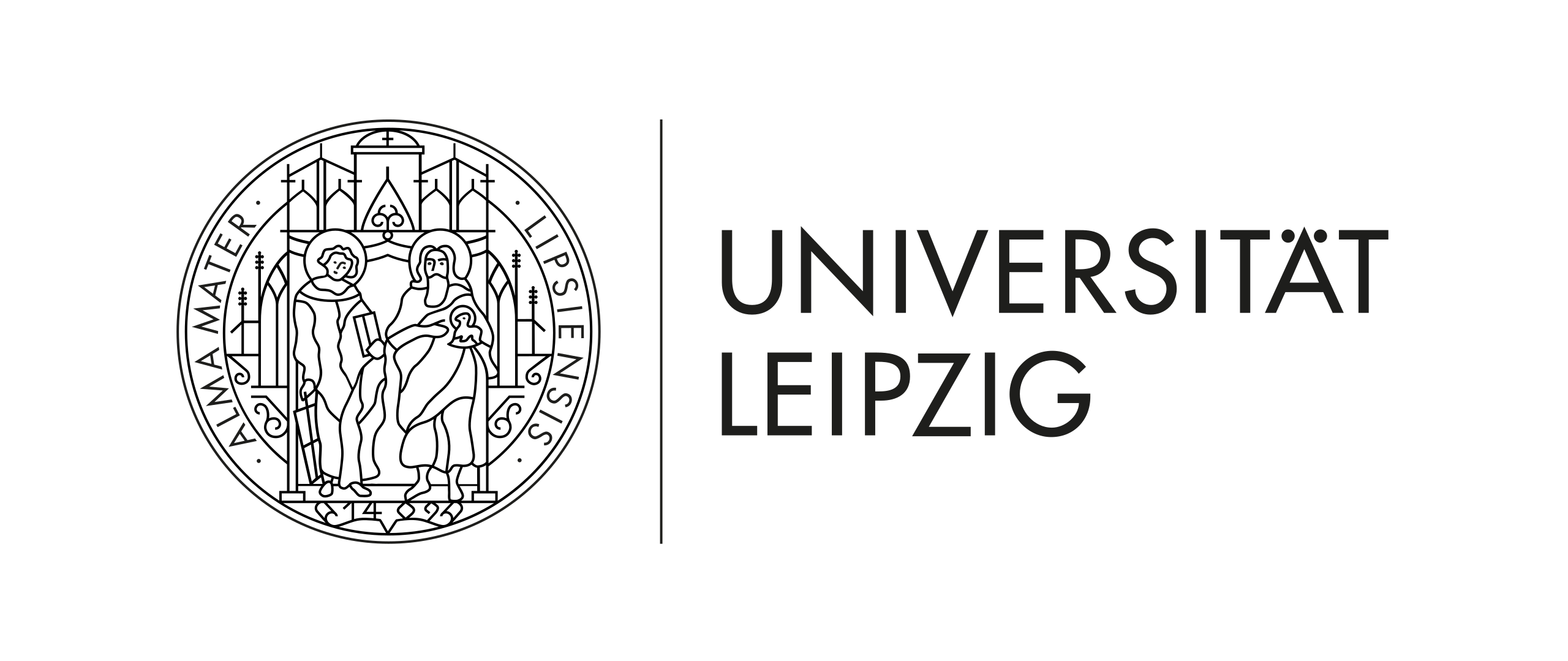array(14 items) uid => 964 (integer) title => 'Crossover Operators for Molecular Graphs with an Application to Virtual Drug
Screening' (86 chars) abstract => 'Genetic Algorithms are a powerful method to solve optimization problems with
complex cost functions over vast search spaces that rely in particular on r
ecombining parts of previous solutions. Crossover operators play a crucial r
ole in this context. Here, we describe a large class of these operators desi
gned for searching over spaces of graphs. These operators are based on intro
ducing small cuts into graphs and rejoining the resulting induced subgraphs
of two parents. This form of cut-and-join crossover can be restricted in a c
onsistent way to preserve local properties such as vertex-degrees (valency),
or bond-orders, as well as global properties such as graph-theoretic planar
ity. In contrast to crossover on strings, cut-and-join crossover on graphs i
s powerful enough to ergodically explore chemical space even in the absence
of mutation operators. Extensive benchmarking shows that the offspring of mo
lecular graphs are again plausible molecules with high probability, while at
the same time crossover drastically increases the diversity compared to ini
tial molecule libraries. Moreover, desirable properties such as favorable in
dices of synthesizability are preserved with sufficient frequency that candi
date offsprings can be filtered efficiently for such properties. As an appli
cation we utilized the cut-and-join crossover in REvoLd, a GA-based system f
or computer-aided drug design. In optimization runs searching for ligands bi
nding to four different target proteins we consistently found candidate mole
cules with binding constants exceeding the best known binders as well as can
didates found in make-on-demand libraries. Taken together, cut-and-join cros
sover operators constitute a mathematically simple and well-characterized ap
proach to recombination of molecules that performed very well in real-life C
ADD tasks.' (1834 chars) authors => array(8 items) 0 => array(3 items) last_name => 'Domschke' (8 chars) first_name => 'Nico' (4 chars) sorting => 1 (integer) 1 => array(3 items) last_name => 'Schmidt' (7 chars) first_name => 'Bruno J.' (8 chars) sorting => 2 (integer) 2 => array(3 items) last_name => 'Gatter' (6 chars) first_name => 'Thomas' (6 chars) sorting => 3 (integer) 3 => array(3 items) last_name => 'Golnik' (6 chars) first_name => 'Richard' (7 chars) sorting => 4 (integer) 4 => array(3 items) last_name => 'Eisenhuth' (9 chars) first_name => 'Paul' (4 chars) sorting => 5 (integer) 5 => array(3 items) last_name => 'Liessmann' (9 chars) first_name => 'Fabian' (6 chars) sorting => 6 (integer) 6 => array(3 items) last_name => 'Meiler' (6 chars) first_name => 'Jens' (4 chars) sorting => 7 (integer) 7 => array(3 items) last_name => 'Stadler' (7 chars) first_name => 'Peter Florian' (13 chars) sorting => 8 (integer) type => '1' (1 chars) keywords => '' (0 chars) year => 2024 (integer) affiliation => 0 (integer) link_paper => '' (0 chars) link_supplements => '' (0 chars) file_published => 0 (integer) journal => 'ChemRxiv' (8 chars) doi => '10.26434/chemrxiv-2024-41295' (28 chars) preprint => '-1' (2 chars)
Crossover Operators for Molecular Graphs with an Application to Virtual Drug Screening
2024: Nico Domschke; Bruno J. Schmidt; Thomas Gatter; Richard Golnik; Paul Eisenhuth; Fabian Liessmann; Jens Meiler; Peter Florian StadlerIn: ChemRxiv DOI: 10.26434/chemrxiv-2024-41295
Genetic Algorithms are a powerful method to solve optimization problems with complex cost functions over vast search spaces that rely in particular on recombining parts of previous solutions. Crossover operators play a crucial role in this context. Here, we describe a large class of these operators designed for searching over spaces of graphs. These operators are based on introducing small cuts into graphs and rejoining the resulting induced subgraphs of two parents. This form of cut-and-join crossover can be restricted in a consistent way to preserve local properties such as vertex-degrees (valency), or bond-orders, as well as global properties such as graph-theoretic planarity. In contrast to crossover on strings, cut-and-join crossover on graphs is powerful enough to ergodically explore chemical space even in the absence of mutation operators. Extensive benchmarking shows that the offspring of molecular graphs are again plausible molecules with high probability, while at the same time crossover drastically increases the diversity compared to initial molecule libraries. Moreover, desirable properties such as favorable indices of synthesizability are preserved with sufficient frequency that candidate offsprings can be filtered efficiently for such properties. As an application we utilized the cut-and-join crossover in REvoLd, a GA-based system for computer-aided drug design. In optimization runs searching for ligands binding to four different target proteins we consistently found candidate molecules with binding constants exceeding the best known binders as well as candidates found in make-on-demand libraries. Taken together, cut-and-join crossover operators constitute a mathematically simple and well-characterized approach to recombination of molecules that performed very well in real-life CADD tasks.

